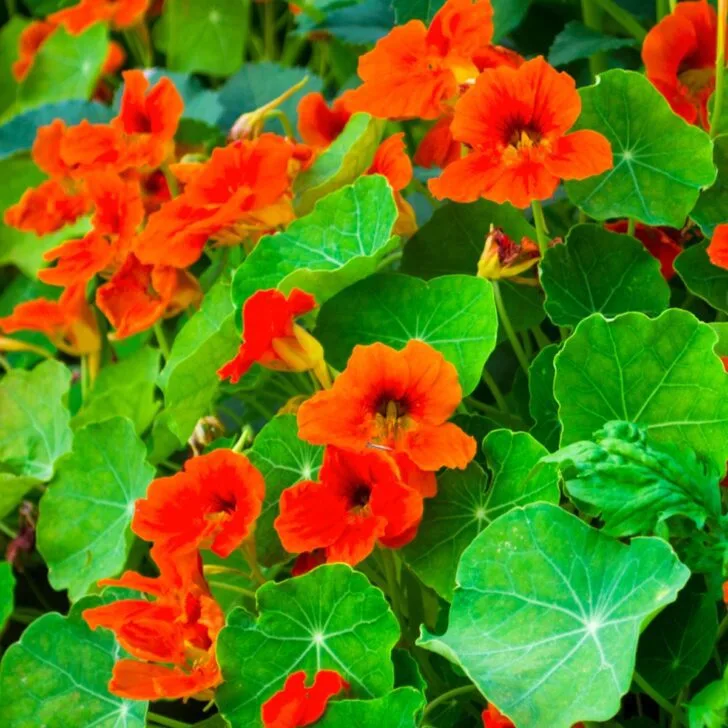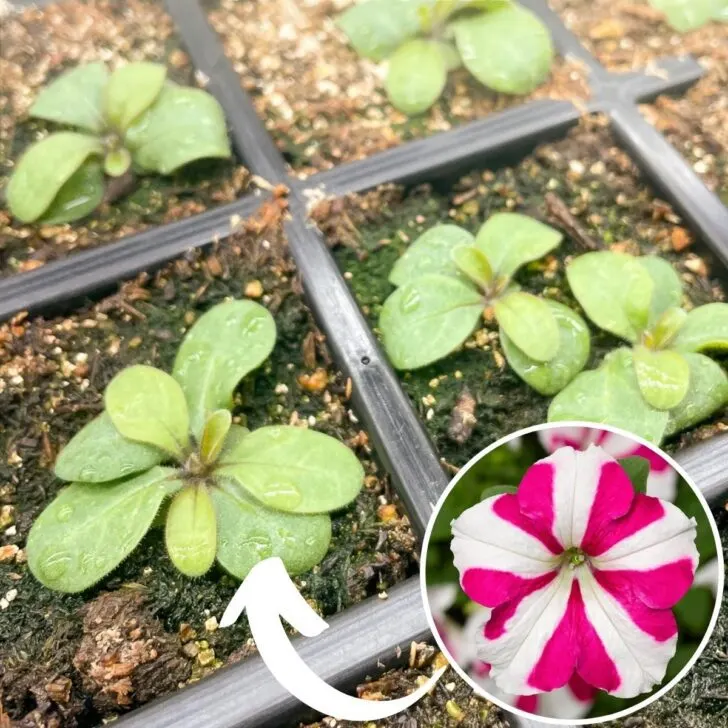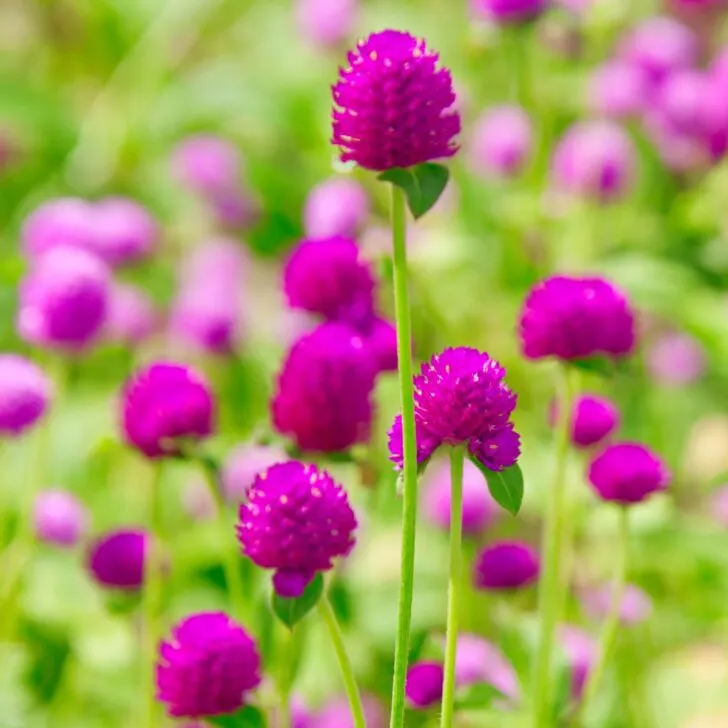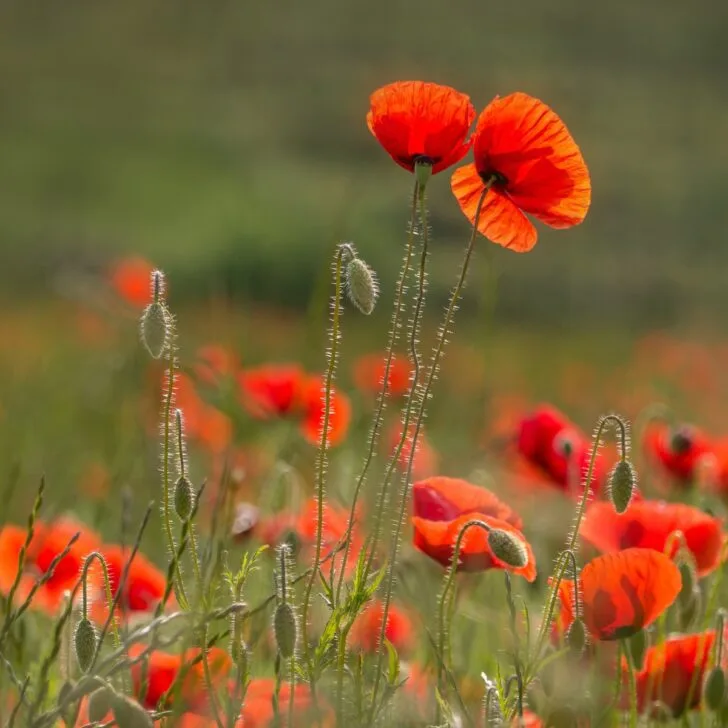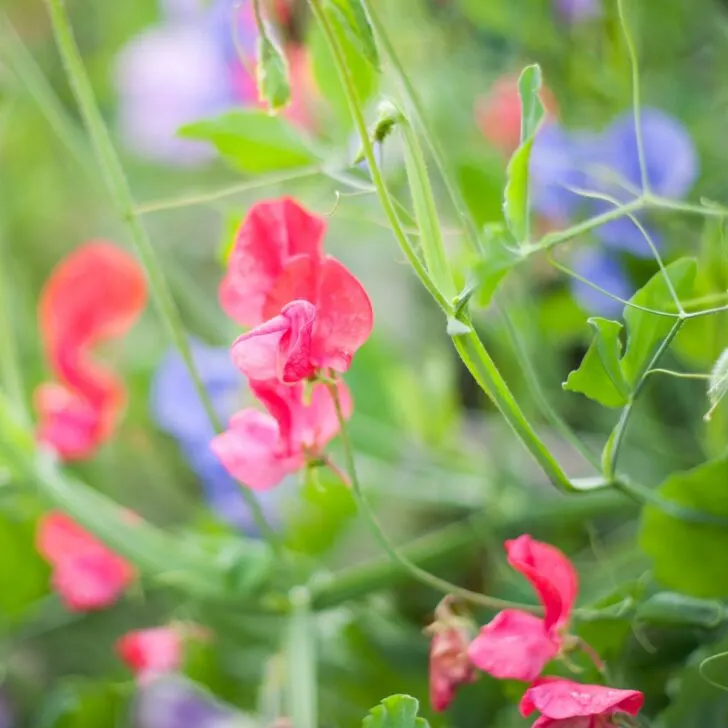Learn how to grow echinacea from seed with this guide. I'll show you how to sow your seeds and care for your plants as they grow.

Echinacea is a slow-growing perennial native to North America with well-known medicinal qualities. It's a lovely tall flower with long, colorful, drooping petals that sweep back from a central cone that gives it its common name, Coneflower.
As a relative of the sunflower, its flowers have large outer petals and a center of small, tightly packed inner florets where the seeds form. The plants grow one to four feet tall and up to two feet wide, depending on the species and cultivar.
It's easy to grow echinacea from seed, and it's a cost effective way to have lots of these beautiful flowers in your garden year after year. Let's get growing!
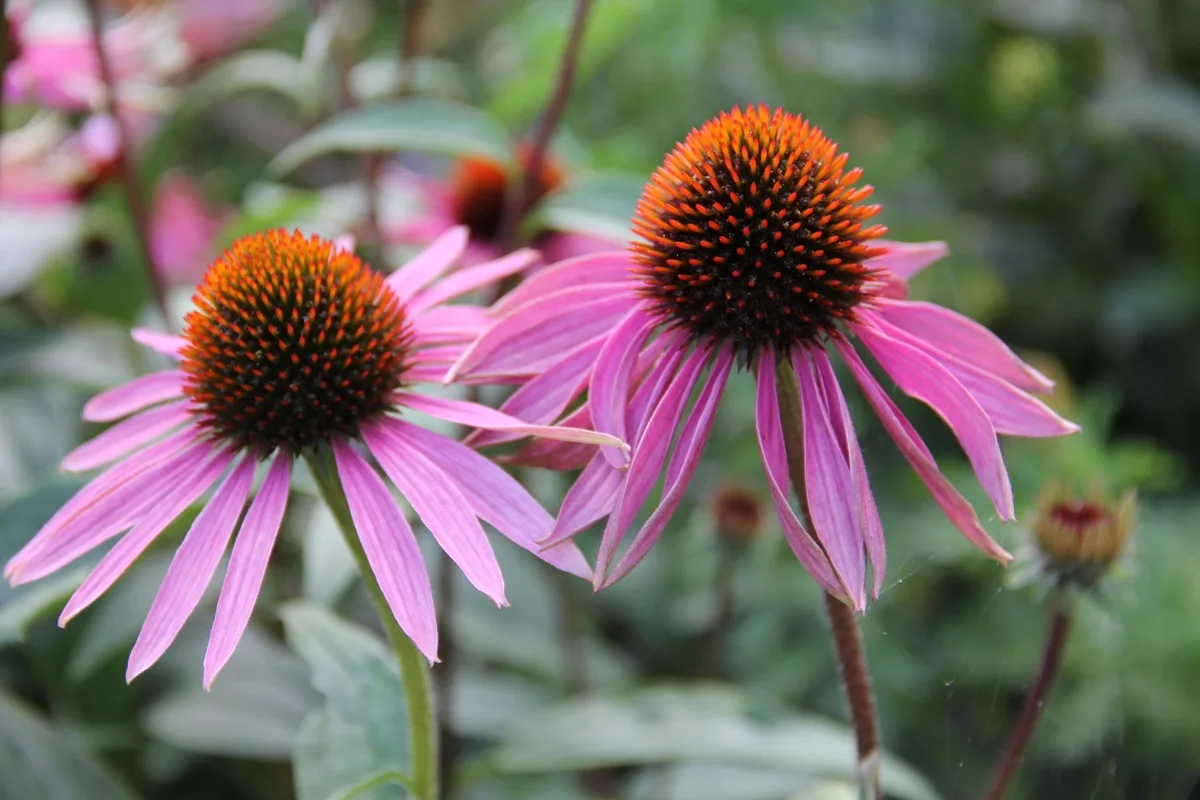
This post contains affiliate links for your convenience. Purchases made through these links may earn me a small commission at no additional cost to you.
Echinacea Varieties
There are about eight species of Echinacea, also called coneflower, with E. purpurea, or purple coneflower, most often grown by gardeners. Other Echinacea species include:
- Echinacea angustifolia is a smaller, tougher plant that grows at the northern limits of its range and is often used for medicinal preparations.
- Echinacea pallida is another lovely type for the flower bed or medicinal garden.
- Echinacea paradoxa has large yellow flowers popular with goldfinches in the fall.
- Echinacea tennesseensis is a more diminutive, delicate, rare form that produces long-lasting light purple flowers.
- Echinacea sanguinea is the earliest blooming type, growing naturally in the southern parts of the species' range.
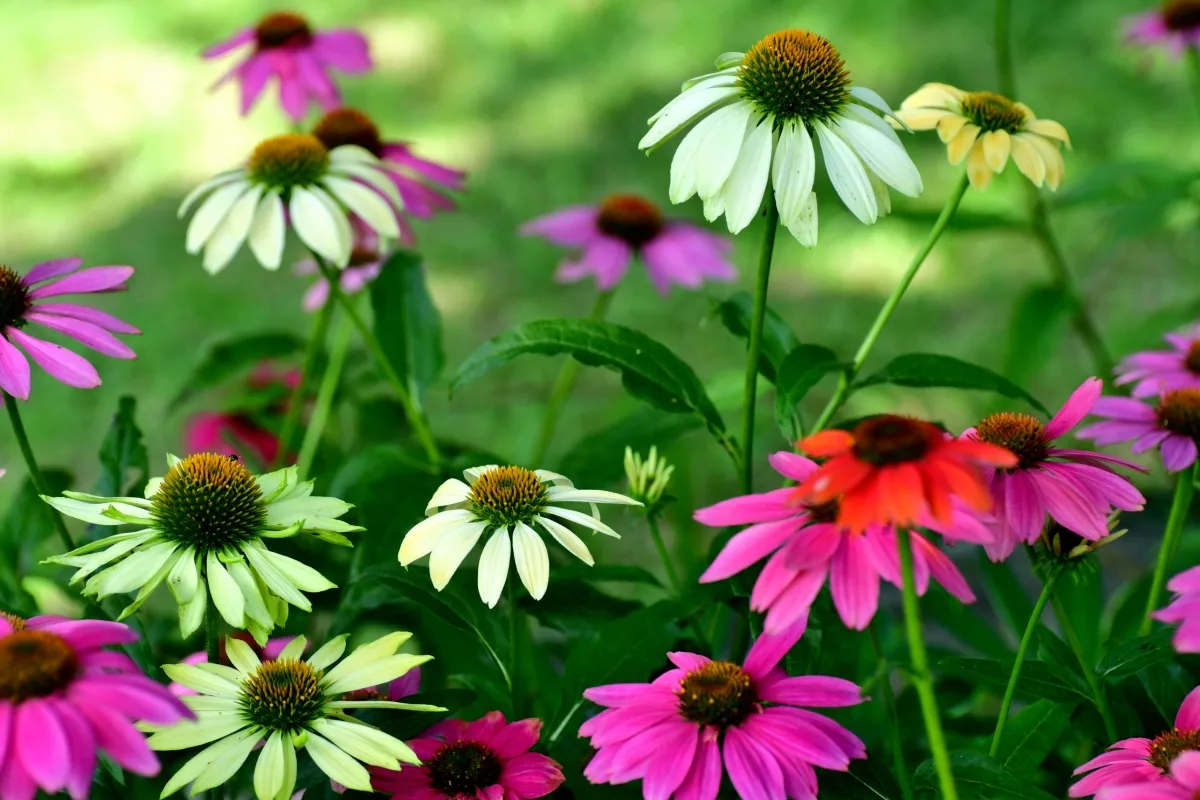
Several species of Echinacea are considered endangered, including Echinacea laevigata, smooth coneflower, which grows wild in some southern US states.
E. angustifolia, E. purpurea, and E. pallida are most often used for their medicinal benefits. In addition, these species' roots, leaves, and flowers are valuable for making healing teas and tinctures. Or, you can simply enjoy them for their pretty, pollinator-friendly flowers.
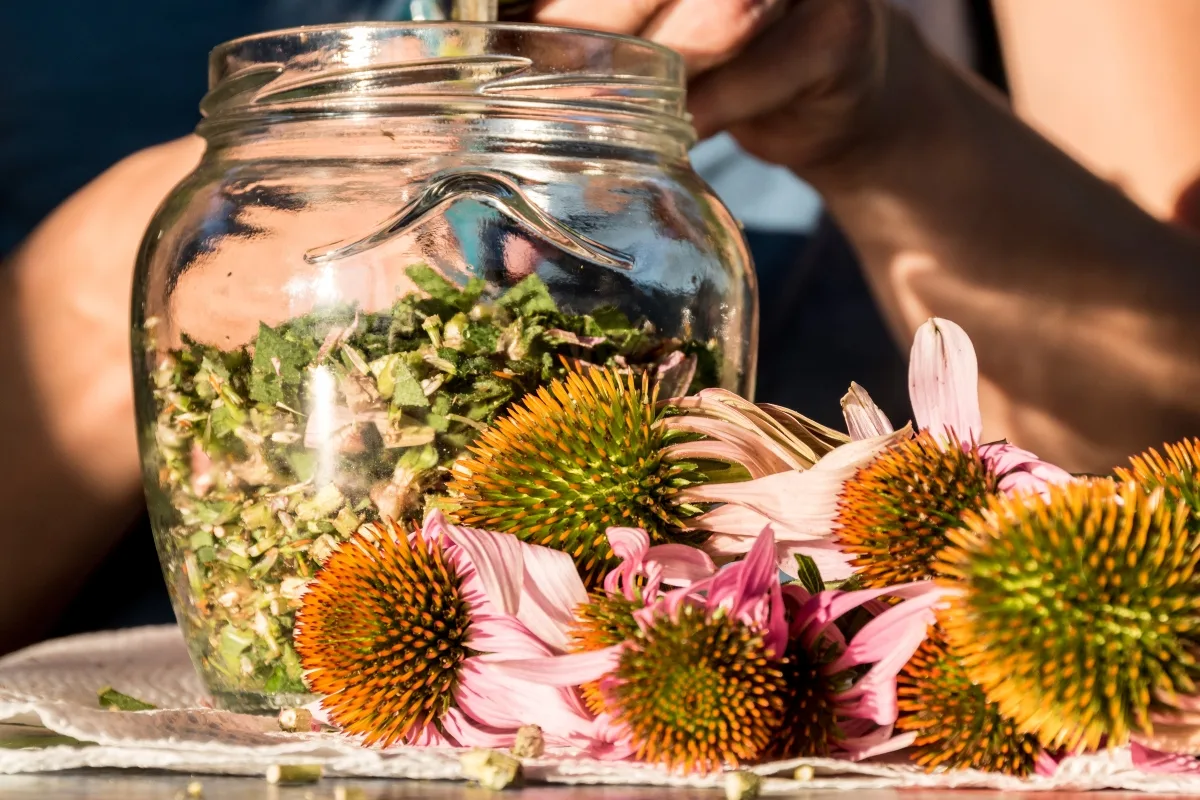
E. purpurea has numerous cultivars developed primarily for variety in mature size and flower color, including:
- Tall varieties like 'Magnus,' 'Bright Star,' and 'White Swan' regularly reach up to 36 inches tall.
- Short, compact types like 'Kim's Knee High,' 'Little Annie,' and 'Tweety.'
- Numerous flower colors include rose-red 'Bright Star,' yellow-flowered 'Big Sky™ Sunrise,' pink 'Confections,' and orange 'Tiki Torch.'
This year, I'm growing a gorgeous green and pink bicolor echinacea called 'Green Twister' from seed. Here's how to plant it!

How to Plant Echinacea Seeds
It is not challenging to sprout Echinacea plants from seed, and they readily regrow once they've established in the garden. However, there are a few essential things to know before you plant your echinacea seeds.
What do Echinacea seeds look like?
Echinacea seeds are fairly large, with a light brown, papery covering. You can see what echinacea seeds look like in the photo below.

Cold Stratification
The seeds of all Echinacea species except E. purpurea need a cold stratification treatment before they germinate. This means that they need a cold period similar to winter temperatures before they will sprout.
The easiest way to give these seeds the chill hours they need is by winter sowing echinacea. All you need to do is fill a milk jug with soil, sprinkle on some echinacea seeds, and set it outside with the cap off. Mother Nature will do the watering for you!
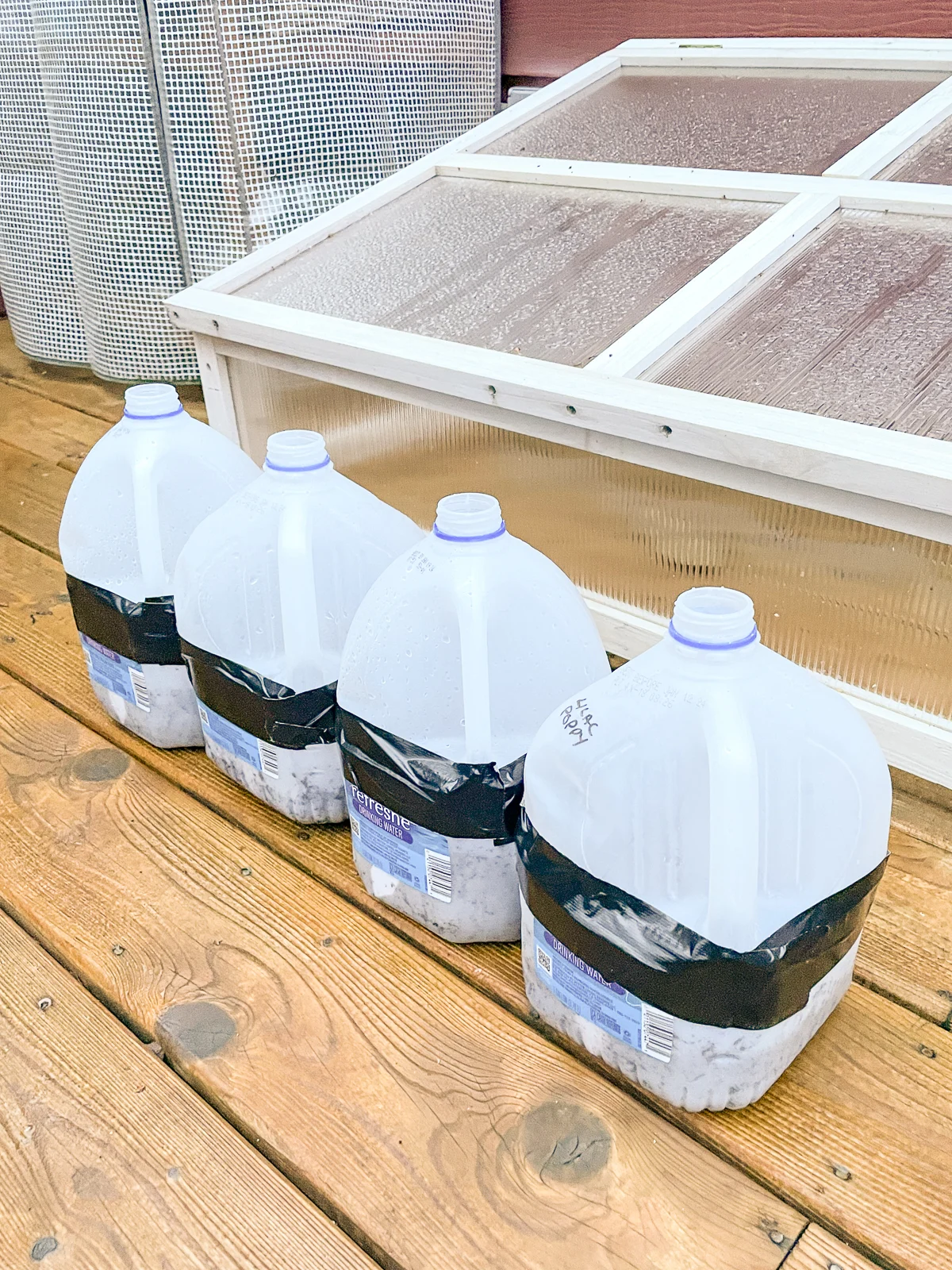
You can also put the seed packet in the refrigerator for one to four weeks before sowing. Better yet, wrap the seeds in a damp paper towel and place it in a plastic bag before chilling. You should see some of the seeds sprouting, so you know which ones are good to plant!
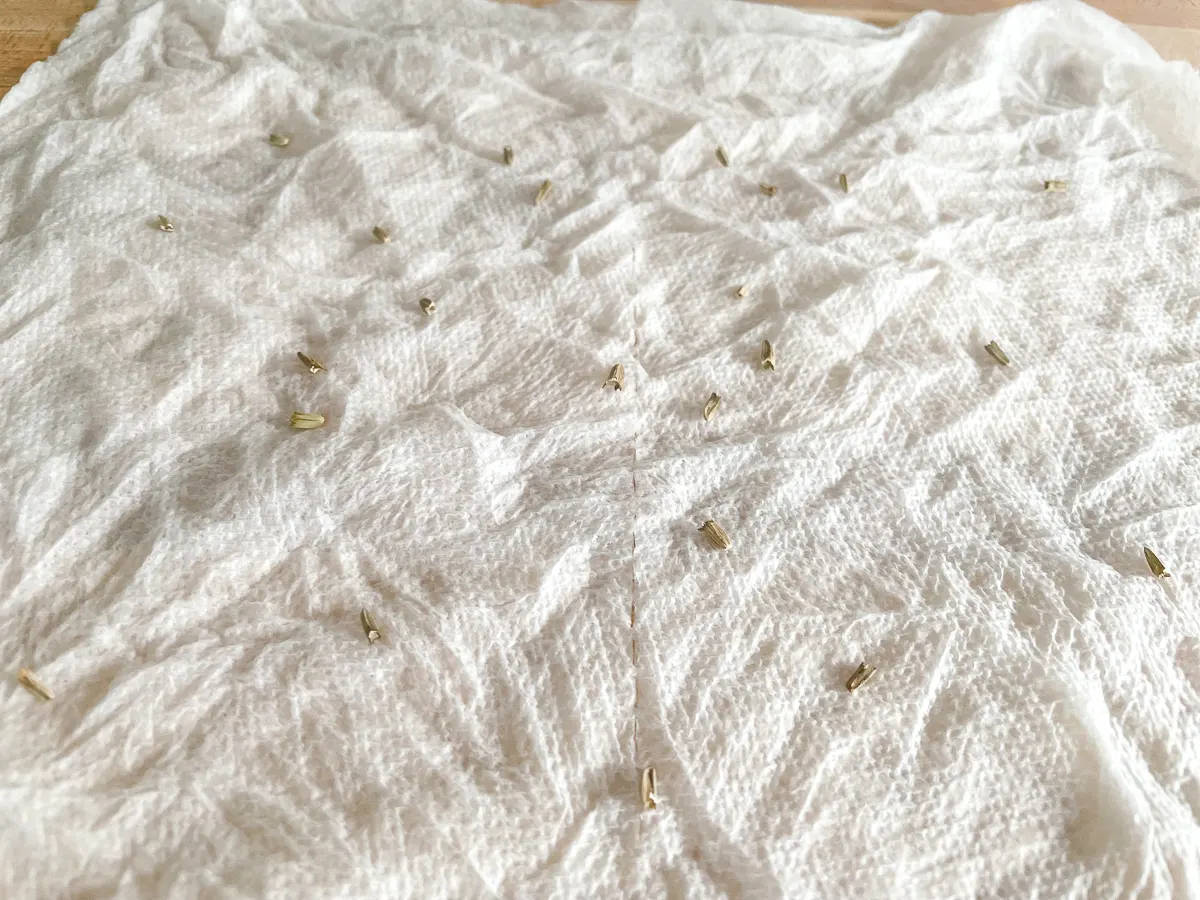
When to Plant Echinacea Seeds
You can start Echinacea seeds almost any time of year, but remember that these plants take about two years to grow to mature size and start flowering.
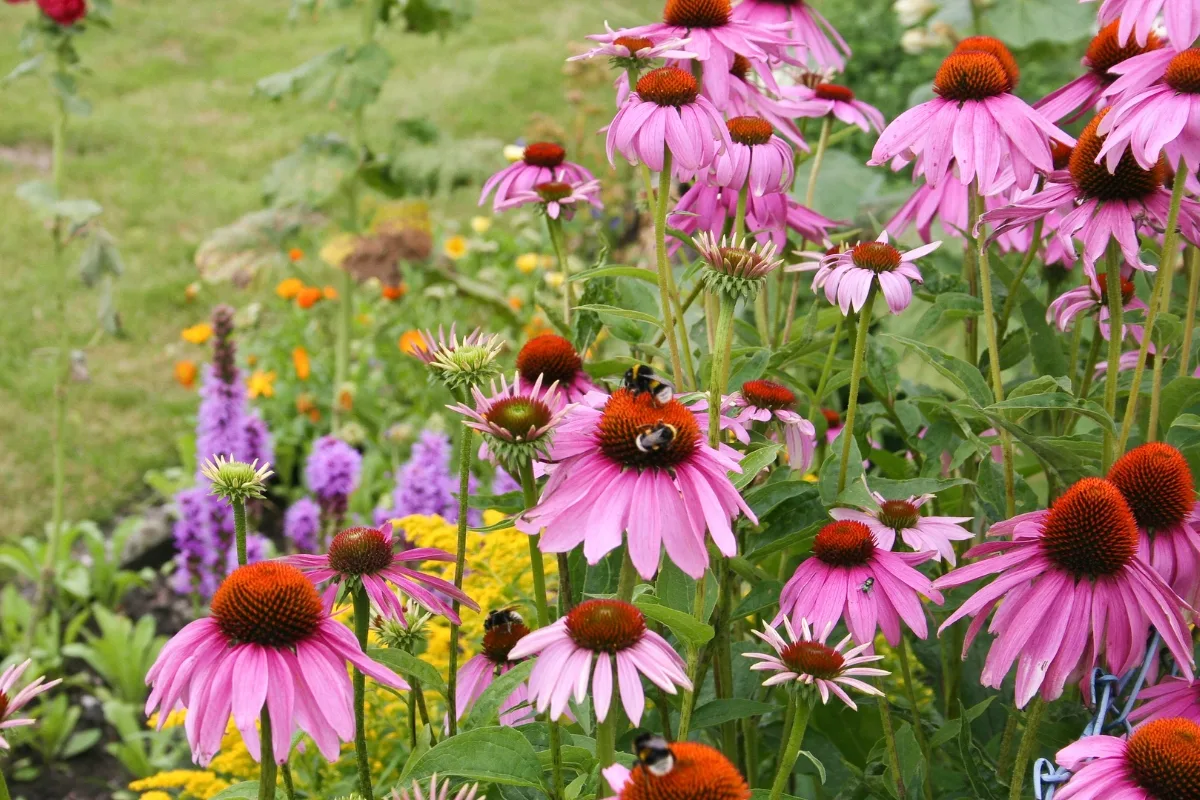
You can plant the seeds in the garden in late fall, when winter temperatures provide the required cold period for germination. If you want to start them indoors, sow your seeds 6-12 weeks before your last frost date to give them plenty of time to grow before planting them outside.
How to Plant Echinacea Seeds Indoors
After cold-treating your echinacea seeds:
- Sow seeds indoors in small pots, peat pots or deep cells to accommodate the long taproot.
- Plant the seeds ⅛ inch deep and cover them with soil. Also, cover the tray to retain moisture and create darkness until the seeds sprout in 10 to 20 days.
- Keep the seeds at an ambient temperature of 65 to 75°F.
- Keep the potting mix evenly moist while the seeds germinate, but don't let it get soggy. Move the seedlings into bright light as soon as they come up.
- Seedlings are ready for transplanting 3 to 4 weeks after germination.
Planting Echinacea in the Garden
Choose a garden site with full sun exposure and well-draining soil. Echinacea tolerates many soil types except for salty, and the plants are not heavy feeders. Once established, Echinacea is moderately drought-tolerant and can easily withstand hot weather, although it grows most vigorously with even soil moisture.
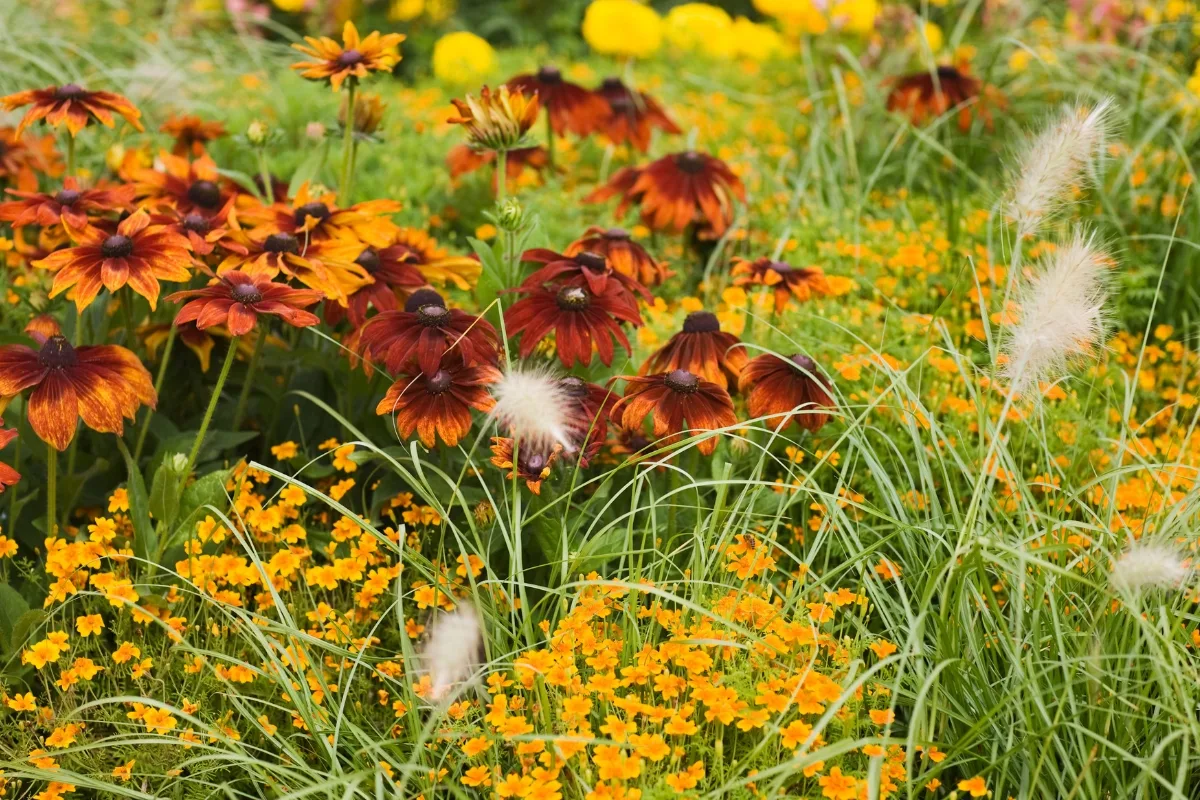
It is crucial to space the plants far enough apart to match their mature size. Generally, you can leave a distance between plants the same as the plant's mature height. Proper spacing ensures good air circulation and reduces the chances of diseases and pests.
Echinacea plants have a coarse texture and upright growth habit, so they work well in naturalized garden areas and the back of perennial flower beds. Butterflies and bees enjoy the flower nectar, and birds flock to clean up the dry seed heads, so consider delaying deadheading at the end of the season.
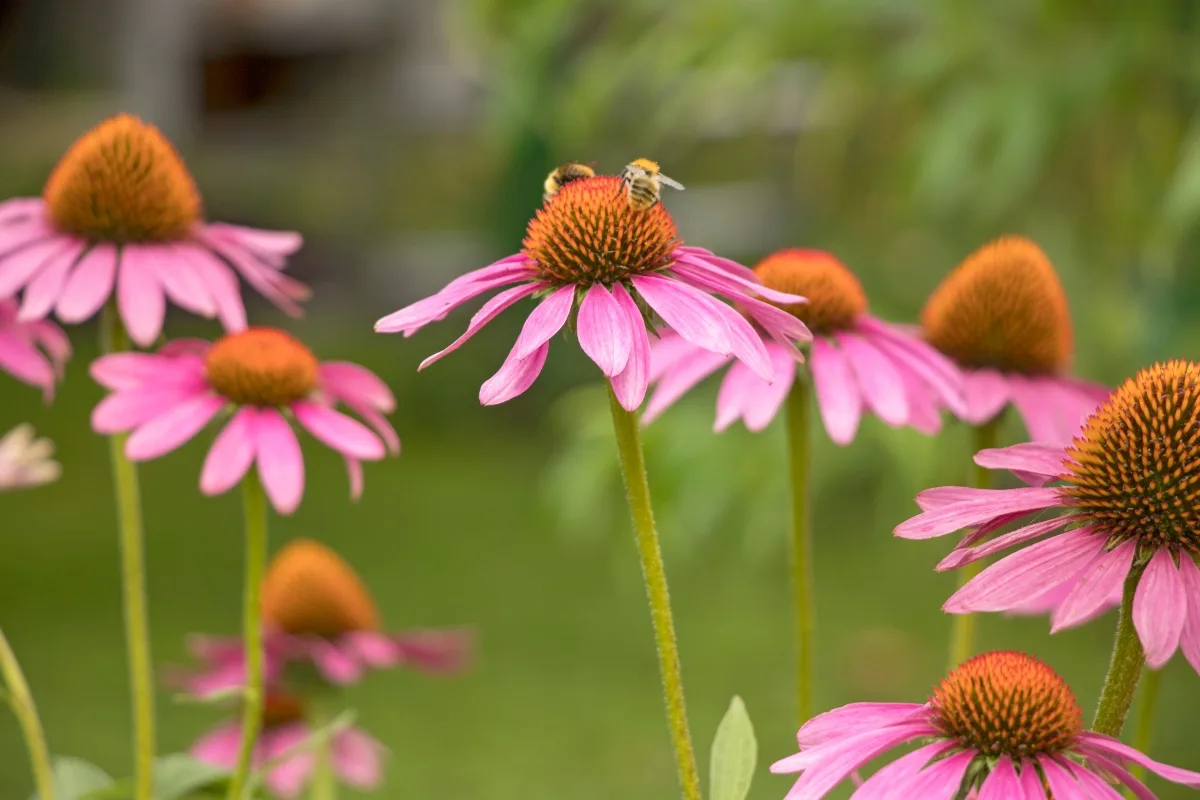
Caring for Echinacea
Most Echinacea plants do not require staking, and these species are generally low maintenance, needing little fertilizer and care once they are growing in the right spot. The plants can live for up to 40 years in the wild, but gardeners usually divide the rootstocks every four to five years to start new plants and prevent overcrowding.
Occasionally, pests like Japanese beetles, mites, and diseases like powdery mildew can be a problem. However, spacing the plants at the proper distance, planting in well-drained soil, and removing dead leaves and stalks at the end of the season is usually enough to prevent problems.

A single, early spring application of a slow-release fertilizer is usually sufficient for maintaining the plant's nutritional needs. While deer do not browse on Echinacea plants, rabbits do. You can often control them by applying hot pepper spray on the plants.
Frequently Asked Questions about Echinacea
Yes, echinacea is a perennial plant that will come back year after year.
Echinacea spreads by self-seeding in the fall. However, birds enjoy eating the seeds, so many do not make it to the ground and take root. A full grown echinacea plant can grow to two feet in diameter before the center starts to die off and requires dividing.
Echinacea will not bloom the first year if it is grown from seed. After the first year, coneflowers will bloom in the summer, typically between June and August.
With just a few simple steps, you can have these vibrant flowers blooming in no time. So why not give it a try? With a little patience and care, you can enjoy the beauty of echinacea in your garden all summer long!
Check out these other flowers you can grow from seed!

